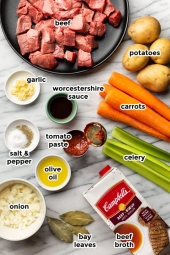I can host the next gathering, I hate to lose the momentum. I have a small house, but we could use the garage if we need to. I live on about 8 acres, mostly wooded and steep, with a tiny stream that is hard to get to.
Paul, I have a place for you to stay, just let me know what you need to be comfortable including food and drink.
I am on the West Plains, in the Deep Creek area, 1 mile East of the Hutterite Colony
I would propose 10 am to 2pm or so.
I will make soup, maybe tortilla soup or albondigas. Maybe just snack at will instead of a set time to eat, or plan brunch and get re-acquainted as we eat
I really like the idea of a "Cottage Rocket Assembly Line" for take home. However, I don't know anything about it, maybe another date.
I would really like to share more about each other and our interests as well as contact info. We could document this and have it to send electronically maybe.
I could organize any of the following activities:
1. I teach a "Life in the Soil" class as taught by Elaine Ingham. Covers the who, what, when, why, where and how of the microbes in the soil. Takes about 2 hours.
2. We could do a forest walk, id plants, discuss use of forest for permaculture purposes, etc. Paul might be willing to share his thoughts about what he would recommend about my property, as far as making it a permaculture paradise. Probably about 1-11/2 hours.
3. I can demonstrate making compost, how to use compost and how to make compost extract according to what I learned from Elaine Ingham. would take about 1 - 11/2 hours
4. I can demonstrate growing microgreens. I use this for salad during the winter. would take about 1 hour
5. we could make sauerkraut. 1-2 hours
6. we could roast and can green chiles. 2-3 hours
I am open to other suggestions if someone else has something to share.
The projects I have in progress are:
Hugel beds
garden
orchard
My dreams are for a pond(s), a crater garden, a rocket mass heater, a passive greenhouse and a willow feeder, basically a permaculture paradise!
Please respond so I know if there is interest and I will know how to plan.








